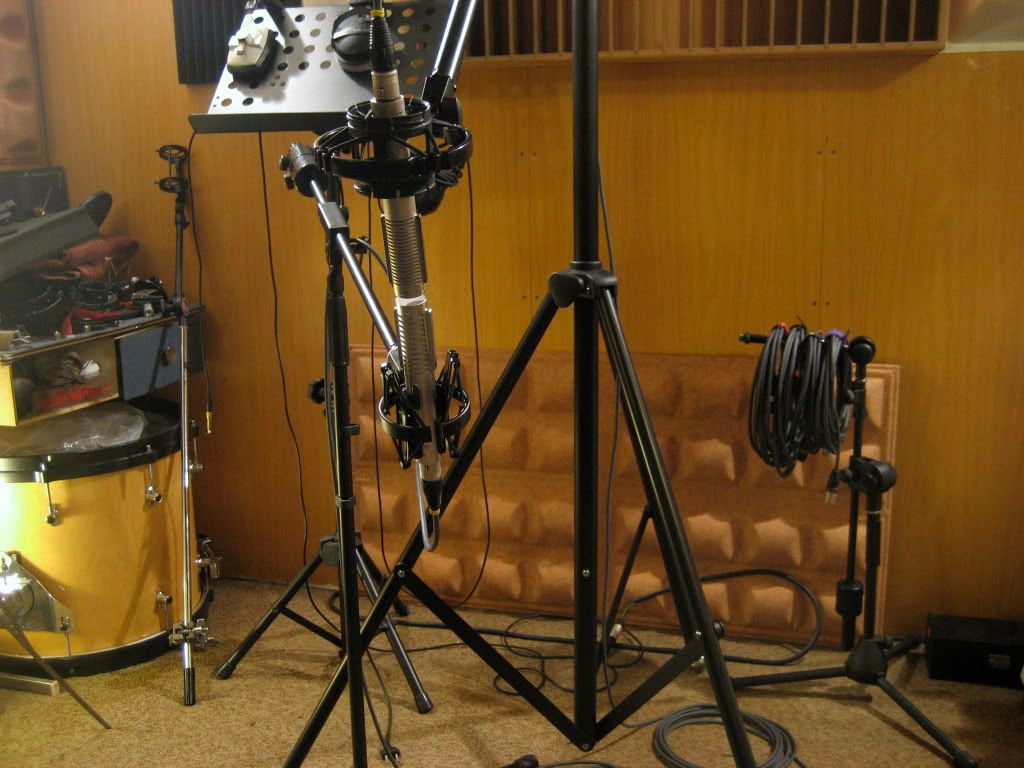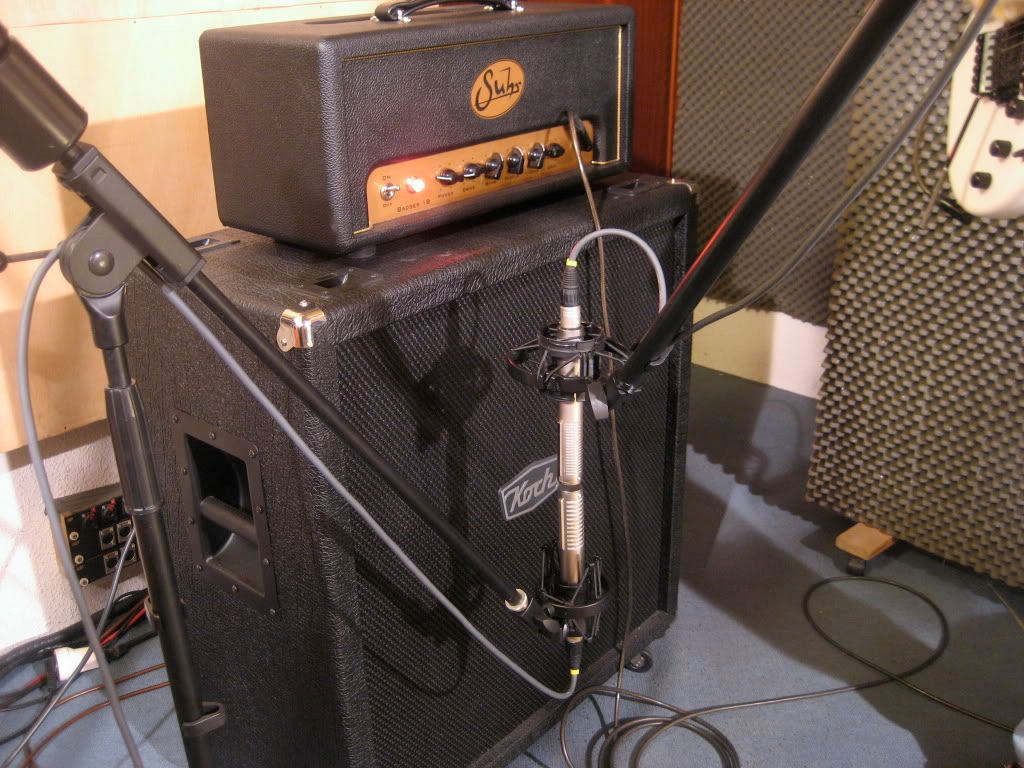clintrubber
Well-known member
I've forgotten about what was actually different w.r.t. the actual motors
between the ACM-2 (lollipop) & the ACM-3 (Ryr/B+O-style).
Anyone remembers ?
Thanks,
Peter
between the ACM-2 (lollipop) & the ACM-3 (Ryr/B+O-style).
Anyone remembers ?
Thanks,
Peter






